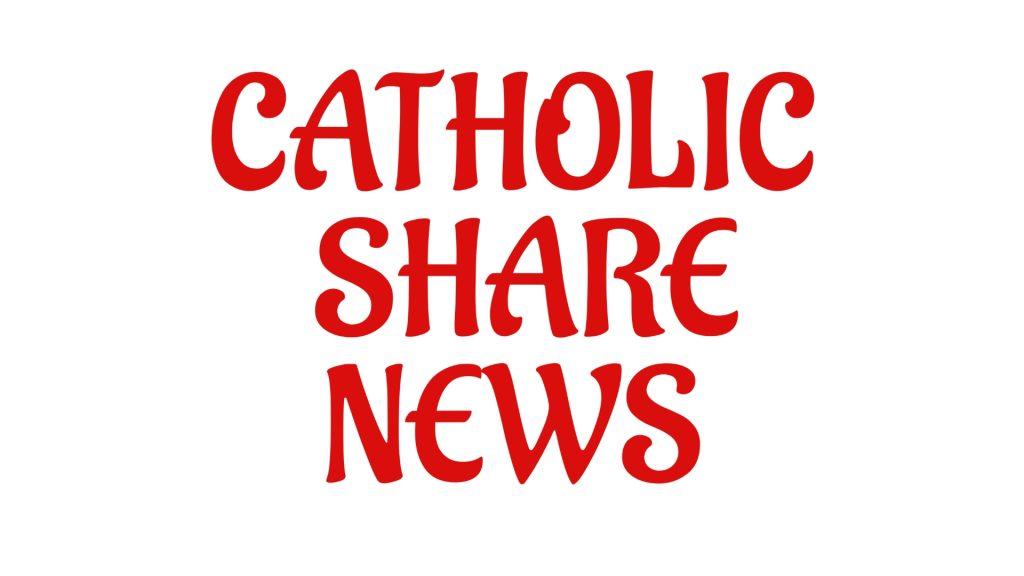TL;DR
Candlemas Day, observed on February 2, is a revered celebration across the United States and Latin America, marking the presentation of Jesus in the temple and the purification of the Virgin Mary. This festival, deeply rooted in Christian tradition, is known by several names, including the Festival of Light, Festival of Candles, and Presentation of the Lord. It symbolizes the light guiding the path and is celebrated with various customs, from lighting candles to participating in Mass and processions, reflecting a rich tapestry of cultural and religious significance.
Introduction to Candlemas Day
Candlemas Day, also celebrated in New York and widely across the globe from Argentina to the Canary Islands, embodies the Christian tradition of presenting the infant Jesus at the temple and the purification of Mary. This event occurs 40 days post-Christmas, adhering to the ancient Jewish practice requiring a mother’s purification forty days after childbirth.
Biblical Foundations and Celebrations
The roots of Candlemas lie in a poignant biblical narrative. When Mary and Joseph brought Jesus to the temple, Simeon, inspired by the Holy Spirit, recognized Jesus as the Messiah, proclaiming, “now, Lord, according to your promise, you can let your servant go in peace, because my eyes have seen your savior, whom you have presented to all peoples; light to enlighten the nations and glory to your people, Israel.” Initially celebrated with doves, the tradition evolved to feature candles, symbolizing Jesus as the light of the world.
Candlemas in the United States
In the U.S., Candlemas coincides with Groundhog Day, adding a unique cultural twist to this religious observance. The day involves various church services and the blessing of candles, symbolizing hope and renewal.
Traditions Across Latin America
The Spanish brought Candlemas to Latin America, where it merged with indigenous traditions and beliefs. In Mexico, for instance, Candlemas marks the beginning of the planting season, with rituals for blessing seeds. The day also includes the tradition of sharing tamales, rooted in the belief that the person who finds the baby Jesus figurine in the King’s Cake on January 6 is responsible for hosting a Candlemas feast.
Argentina celebrates with dances and fireworks, while Bolivia honors the Virgin of Candelaria, the patroness of various municipalities, with Masses, processions, and fairs. Chile’s devotion to the Virgin of Candelaria dates back to the 17th century, with celebrations including Masses and music.
The Virgin of Candelaria’s Widespread Veneration
The Virgin of Candelaria, celebrated on February 2, is venerated as the patron saint in various cities across Colombia, Cuba, and Peru. Peru’s Festival of the Virgin of Candelaria in Puno is a grand event, recognized by UNESCO for its cultural significance, featuring plays, dances, and processions.
Global Celebration
Candlemas transcends borders, with countries like Brazil, Costa Rica, Ecuador, and many others in Latin America embracing the day with prayers, processions, and cultural festivities, highlighting its significance as a moment of faith, renewal, and community.
Candlemas Day, through its prayers, processions, and diverse cultural expressions, serves as a beacon of hope and light across the world, from New York to the far reaches of Latin America. Its enduring appeal lies in the universal themes of purity, light, and dedication, making it a celebration that transcends time and geography.

